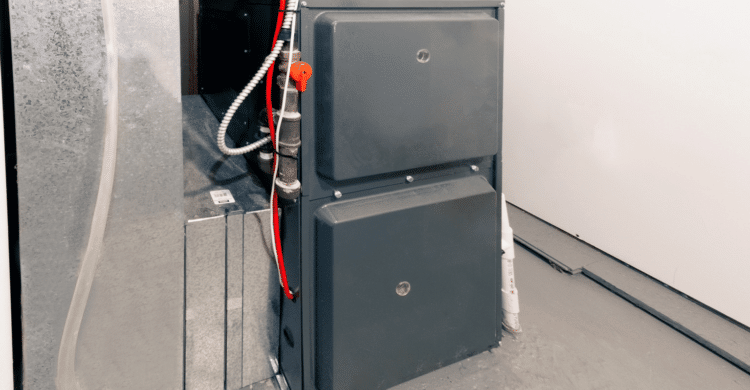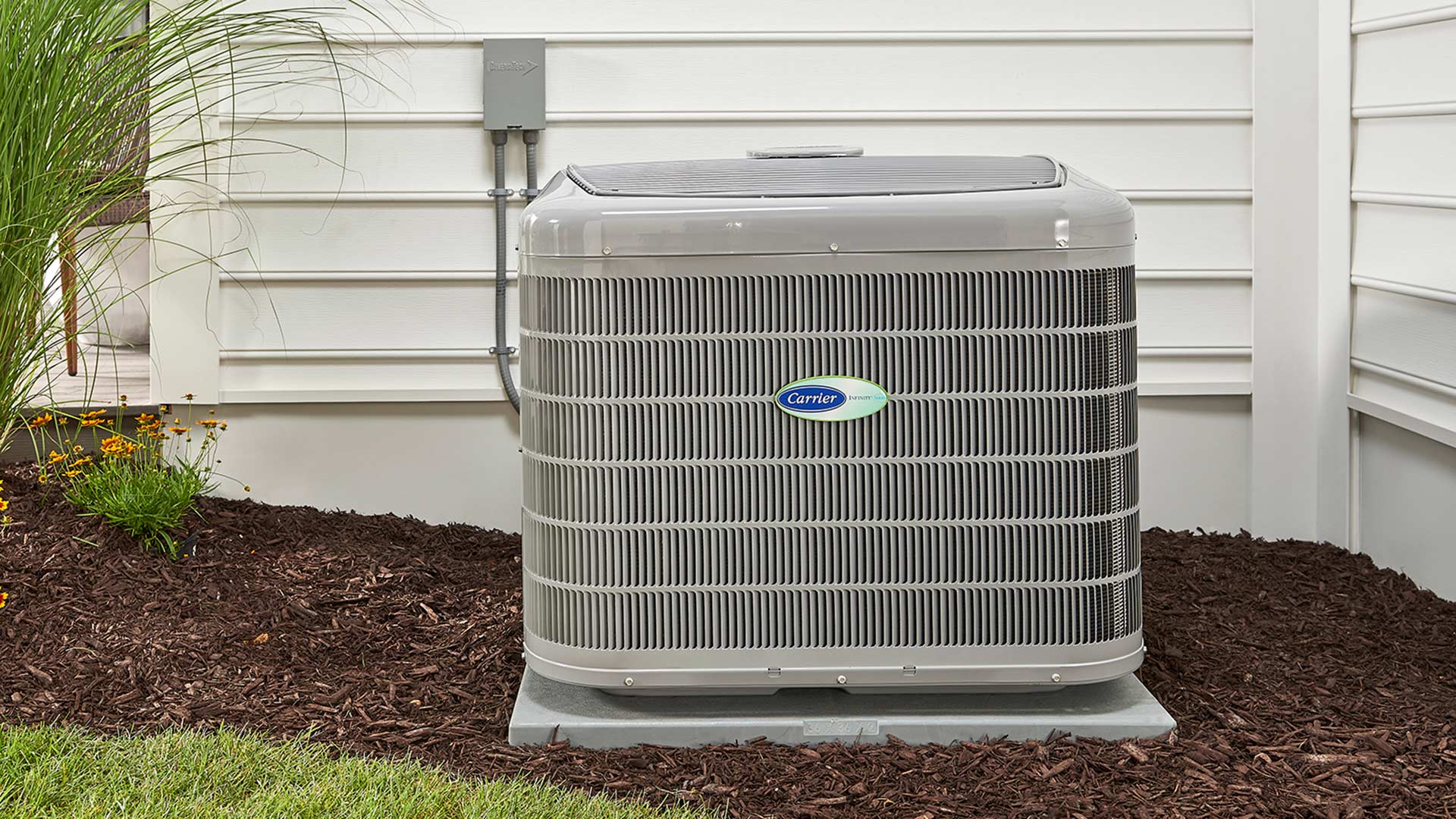
When Do I Need a New Furnace?
But that might not be the case. Depending on the age and condition of your furnace, the stress of warming your home during days-long, single-digit temperatures may only have accelerated its breakdown or demise.
A well-maintained furnace can last 15-20 years, but even well-tuned units over 10 years of age may experience breakdowns. So, unless your furnace is relatively young (under 10 years old), it is a good idea to keep an eye on it for the rest of the winter – no matter how mild the rest of it may be compared to late December of 2022.
The question is, if your furnace does break down in the coming weeks, is it time to repair or replace it? To answer this question, let’s look at a handful of HVAC facts and, ultimately, answer the question: When do I need a new furnace?
How do I know my furnace is breaking down?
This may seem like a simple question to answer. If you come home to or wake up in a colder than normal house it may seem obvious.
If this does happen, do not panic. First, make sure that there are not cheap and easy solutions to your problem – such as somebody else in your home tampering with the thermostat or a clogged HVAC filter (which should be changed every 60-90 days).
You can also follow these simple troubleshooting tips to ensure your furnace is functional:
- If you have a programmable thermostat, make sure it has fresh batteries.
- If equipped with central air, or the system is zoned, make sure the selector switch is on “heat.”
- Check your circuit breaker panel or fuse box to ensure that they have not either tripped or burned out.
- Check the pilot light. On standing pilot furnaces, the burner will not light if the pilot has gone out. If you are not familiar with the function of the gas valve or lighting the pilot, call for service.
- Make sure the pilot is lit. Furnaces with electronic ignition have a sequence of safety steps the burner takes to light. Information is usually attached to the inside of the burner or blower access door. Follow the procedure according to the manufacturer’s guidelines to avoid the risk of fire or explosion.
- If you have a gas furnace, NEVER disconnect any piping to check for gas supply. An instrument is used to check for pressure, and checking it should be done by a qualified furnace repair serviceman.
- If the furnace is vented through PVC (white plastic pipe) out the side of the building, examine the ends of the pipe or pipes outside. A blockage of any kind may cause a shutdown.
- If the furnace turns on and off repeatedly, it might be dirty from repeated use. It needs to be cleaned. Otherwise, the motor or blower needs to be lubricated with oil.
If none of these simple tips corrects the problem, it may be time to call an HVAC professional to get a more thorough assessment. And if your furnace is over 10 years old, you should be prepared for a litany of repairs that may be needed.
The hard truth of the matter is this: If your furnace is older than 15-20 years or is over 10 years old but is experiencing consistent issues, it may be time for furnace replacement.
There are other signs that your furnace is failing – in fact, it may give you a heads-up that it is about to completely break down.
If you notice:
- A strong odor that resembles burning plastic or rotten eggs emanating from your ductwork
AND/OR
- A loud, buzzing, or humming noise coming from the area where your furnace is located
There’s a good chance your furnace is about to give out. NOTE: If you notice either one of these signs, turn your heat off immediately and call an HVAC professional to assess the issue. When you’re dealing with heating units – especially anything that is gas powered – you could do serious harm to yourself or your home if you do not know exactly what you are doing. And smells and noises cannot be cured by simple troubleshooting. Also note that furnaces, if not properly put together, can circulate harmful (potentially deadly) carbon monoxide into your home.
Other signs include continuously increasing utility bills without an explanation (such as December’s intense cold blast or a notification of increased rates).
Any of these signs mean that you should be prepared for, at the very least, furnace repair or perhaps even the purchase of a new furnace.
How much can I expect to pay?
Furnace repair is not always an expensive venture. In fact, the average cost for electric furnace repair nationwide is around $300. That number increases for gas-powered furnaces ($300-$1,200).
Reasons for this vary due to factors such as the nature of the problem, the furnace’s age, or even the contractor involved.
With that said, there are some stock prices that you should be aware of – so that when you get an estimate for repairs, you know that you are receiving a fair assessment for goods and services. NOTE: Never allow an HVAC professional to work on your system without an estimate. And it is best to receive a written estimate.
Frequently repaired furnace parts and their typical prices include:
- Ignitor – Ignites the fuel that burns for heat – part cost: $30-$50, replacement cost up to $150 $250.
- Gas valve – Conducts gas or propane into the furnace – part cost: $75, replacement cost up to $600.
- Circuit board – The wiring/chips/parts that controls all functions of the unit – part cost: $75-$200, replacement costs up to $600.
- Heat exchanger – Heats the air that circulates through furnace/HVAC – part cost: $100-$200, replacement costs up to $1,500.
- Draft inducer motor – Works in tandem with blower motor to circulate heated air through ducts – part cost: $200-$500, replacement costs up to $1,500.
- Blower motor – Works in tandem with draft inducer motor to circulate heated air through ducts – part cost: $150-$450; total cost for replacement can run to $2,000.
What if I need a new furnace?
At some point, it is inevitable. Every furnace has a shelf life. And when it ends, you will need to replace it. When you reach that point, understand that the average cost of a new furnace varies, but you can generally expect to pay:
- $850-$1,500 for a new electric furnace
- $1,900-$4,5000 for a new gas furnace
Again, you will likely want to shop your new furnace purchase around to various HVAC contractors to obtain the rate and product that best serves you.
No matter your furnace condition, the best way to get a full life of service from the unit is to have it professionally maintained twice yearly.
At Conditioned Air Systems, we want to help you get the most out of your furnace. No matter if it’s fully functional, in need of repair or even replaced. That is why our NATE-certified and experienced technicians are available 24-hours a day, 7 days a week to assess your situation. We’ll happily come out and look at any malfunctioning unit and give you a written estimate of what it will take it to correct it. We can also begin a service contract for any furnace unit – even if we did not install it. And, of course, we excel at helping you find the perfect new furnace for your home and budget.
We understand technology, both new and old, and are happy to come and assess exactly what it will take to cure your heating ills. We will do so with courtesy, respect, and honesty, and we’ll get the job done as soon as possible – whether you require a repair or furnace replacement.
Call 770-536-7509 today, and let us get you back on the road to comfort.
Ensure Your Home’s Temperature is Stable Year-Round

